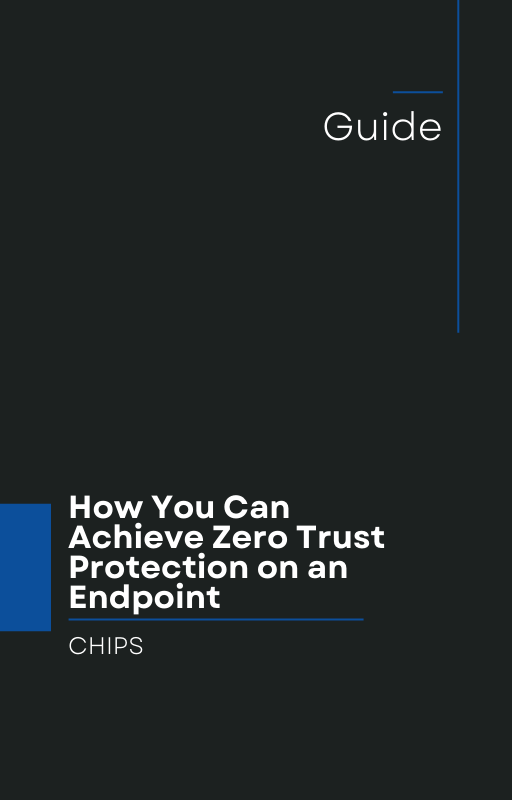In a recent advisory from Cyber Security News, it was revealed that attackers are exploiting the way OneDrive.exe loads libraries, using a technique called DLL sideloading to execute malicious code inside trusted Microsoft processes. Cyber Security News
Here’s what business security leaders need to know—and why relying purely on a “detect & respond” strategy is putting you behind the curve.
What is DLL sideloading and how the attack works
According to the advisory, attackers are placing a malicious version.dll file in the same directory as OneDrive.exe. Because Windows applications search local directories first when loading dependencies, the malicious DLL is loaded instead of the legitimate system one.
Once loaded, the malicious DLL uses proxying techniques to forward legitimate calls to the real version.dll (so the app continues to operate normally) while executing attacker-controlled code in the background.
Even more stealthily, the attack employs vectored exception handling and memory protections like PAGE_GUARD to inject hooks and intercept API calls—methods that signature-based tools often fail to detect.
The result: A digitally-signed Microsoft process (OneDrive.exe) is leveraged to perform malicious operations under the radar of traditional endpoint security.
Why this is a serious warning for business cybersecurity
-
Trusted process hijacked – Because OneDrive.exe is legitimate and signed by Microsoft, traditional endpoint tools may view its execution as benign. Attackers exploit this trust.
-
Signature-based detection bypassed – Using memory exception hooking and proxying allows malware to avoid many signature or heuristic-based detection tools.
-
Persistence and stealth – The malicious code runs alongside the legitimate process, forwarding legitimate functionality while injecting malicious payloads behind the scenes.
-
Wider exposure in business environments – OneDrive is ubiquitous in many organisations. If attackers can weaponise that endpoint, the blast radius is significant.
In short, it’s not just about patching or detecting malware anymore—it is about preventing malicious code from executing in the first place.
From Detect & Respond to Isolation & Containment
Many businesses still rely heavily on endpoint detection & response (EDR) tools. These solutions monitor behaviour, detect anomalies and respond after something suspicious happens. But in an era of advanced techniques like this DLL sideloading exploit, waiting to detect then respond is too late.
That’s where a different approach becomes critical: isolate and contain. By taking trusted processes and environments and isolating them from unintended execution paths, you shrink the attack surface and stop malware in its tracks—even if it bypasses detection.
How AppGuard offers a proven path forward
With over 10 years of production use in high-security environments, AppGuard delivers endpoint protection via isolation and containment rather than purely by detection. Because it restricts unauthorized execution paths and enforces least privilege, even a malicious ― version.dll or other hijack payload cannot gain the foothold it needs.
• It prevents unapproved code from executing in trusted processes.
• It isolates applications and limits privileges so that attacks like DLL sideloading cannot escalate into full compromise.
• It doesn’t rely solely on detecting known signatures but enforces execution policy across the endpoint.
When threats evolve from simple malware to sophisticated sideloading of trusted processes, you need a solution built for prevention—not just detection.
Business impact and why you can’t afford to wait
Increased sophistication of attacks means the cost of compromise is rising. A business that trusts detect-&-respond alone will always be one step behind adversaries. Attacks that leverage trusted binaries and invisibly sideload malicious code can persist for long periods, exfiltrate data, disrupt operations and erode reputation.
For organisations that value continuity, trust and resilience, shifting to an isolation-first paradigm is no longer optional.
Next step: Talk to us at CHIPS
At CHIPS we specialise in helping business owners deploy next-generation endpoint protection that moves past detect & respond and embraces isolation and containment. If you want to:
-
Prevent techniques like DLL sideloading from compromising trusted processes
-
Protect your organisation with a proven 10-year track record endpoint solution (AppGuard)
-
Reduce your blast radius and stay ahead of adversaries instead of chasing them
Then contact us today. Let’s explore how AppGuard can be integrated into your security strategy and give you the protection your business needs. Don’t wait for the next exploit—contain it before it ever executes.
Get in touch with CHIPS and transform your endpoint security from response-driven to prevention-powered.
Like this article? Please share it with others!

November 13, 2025

Comments